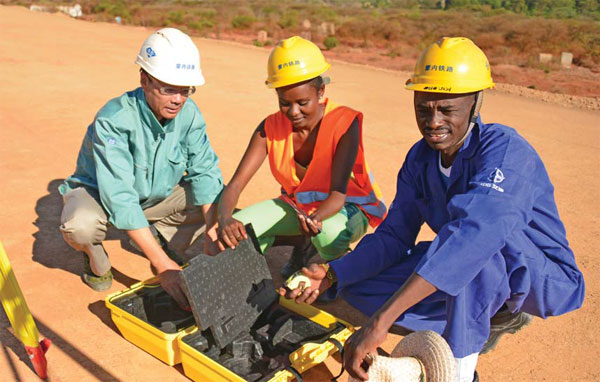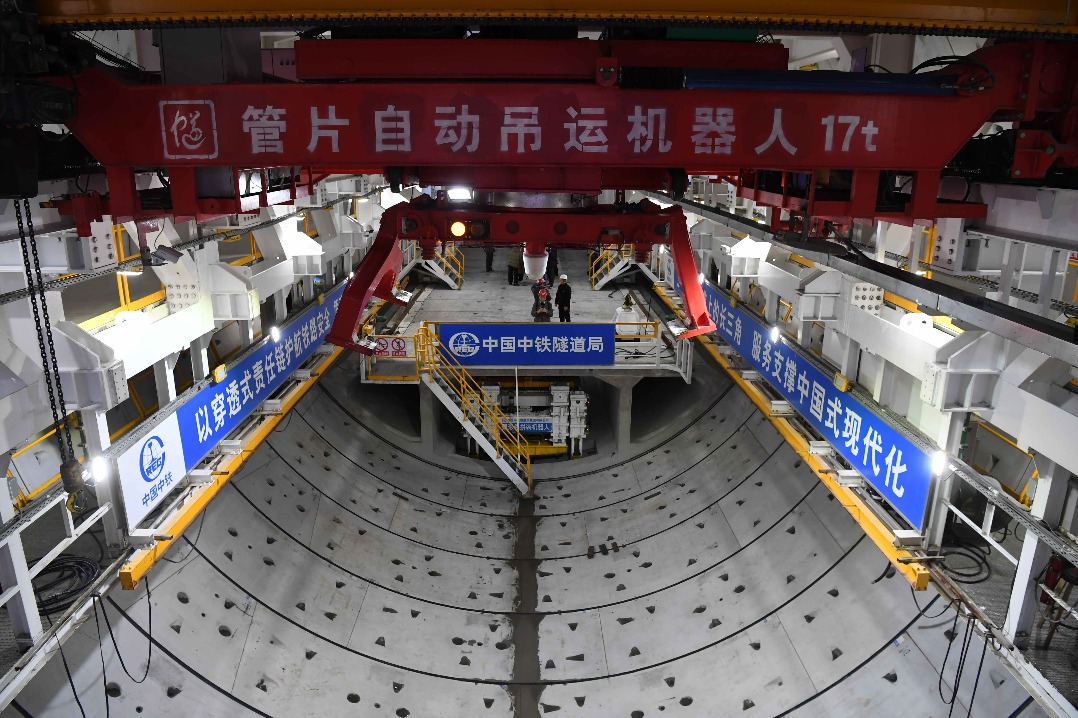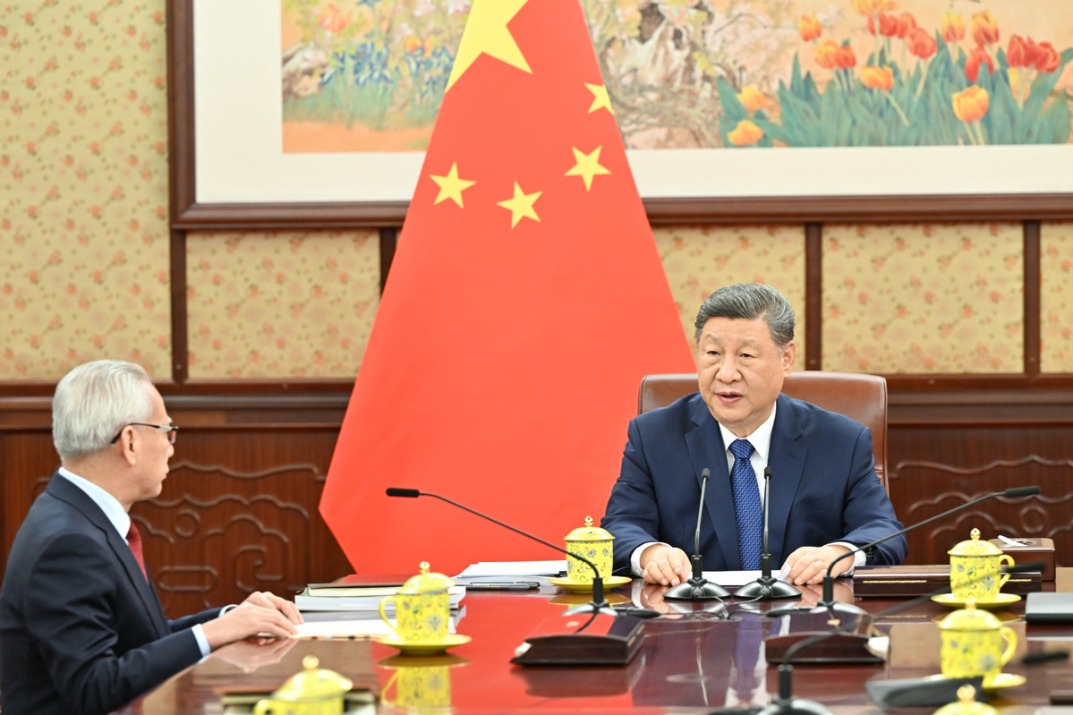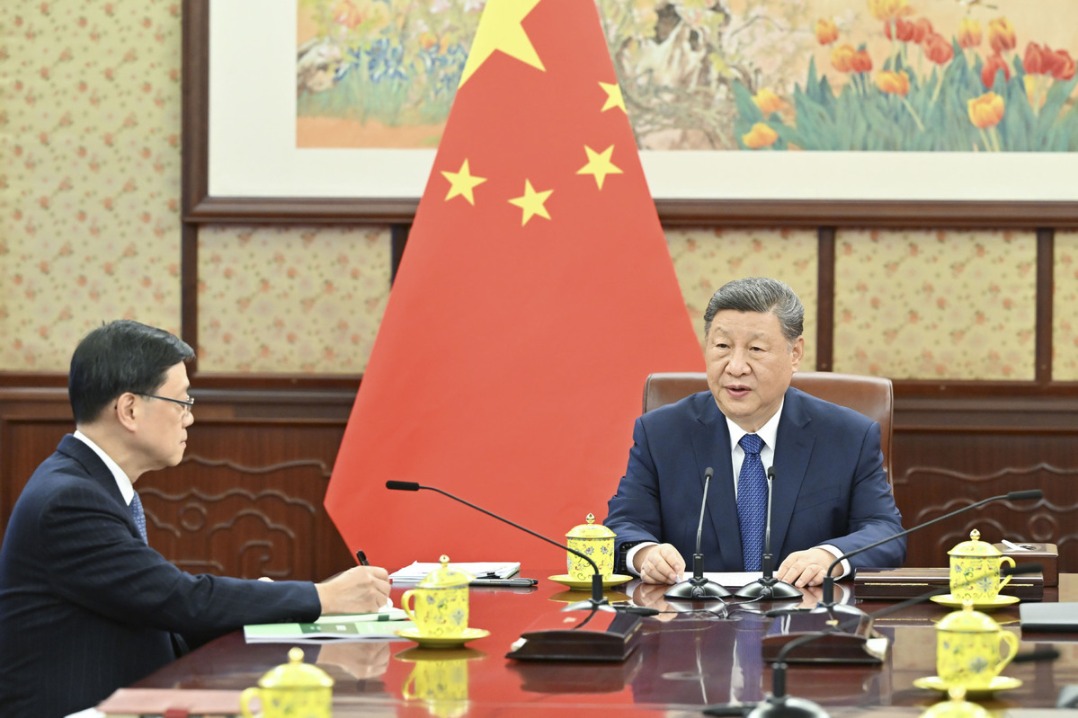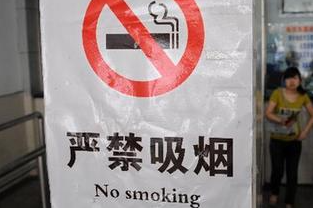Chinese standards helping to link Africa

Sustainable growth on the continent depends on localization, says construction company chief
Incorporating Chinese standards into infrastructure projects in Africa is the key to sustainable development on the continent, according to senior executives at China Communications Construction Co Ltd.
"In the globalization process, we need to introduce Chinese standards overseas and integrate them into the local projects. Localization is the prerequisite for real sustainable development," says Sun Ziyu, the company's president.
| A Chinese worker and Kenyan workers contracted by China Communications Construction Company Co Ltd at a construction site of the Mombasa-Nairobi railway. Provided to China Daily |
China Communications Construction is a state-owned enterprise listed on the Hong Kong Stock Exchange that designs and builds transportation infrastructure as well as manufactures dredging and other heavy machinery. It has more than 200 projects overseas, including railways, roads, bridges, tunnels, airports and harbors.
The company entered Africa in the 1970s with projects in Equatorial Guinea and Mauritania. Today, it has projects in more than 50 countries, including the Mombasa-Nairobi Standard Gauge Railway in Kenya, the Addis Ababa-Adama Expressway in Ethiopia, and Cameroon's Kribideep Sea Port.
One of its largest projects in Africa is the rail line from Mombasa, the largest port in East Africa, to Nairobi, the Kenyan capital. The link will eventually extend to neighboring countries including Uganda, Rwanda, Burundi and South Sudan.
The annual throughput of the Mombasa port is 25 million metric tons. The existing railway has an annual transport capacity of only 1 million tons as it is a narrow-gauge - 1 meter wide - track built more than 100 years ago during British colonial rule. The rest of the goods have to be transported by road.
The Mombasa-Nairobi link, which will be the standard 1.435 meters wide, will allow a maximum speed of 120 kilometers per hour for passenger trains and 80 km/h for freight trains.
The rail line is the biggest infrastructure project in Kenya since it gained independence and will reduce the travel time from Mombasa to Nairobi from more than 10 hours to just over four. Freight trains will complete the journey in less than eight hours.
In May 2014, Kenyan and Chinese leaders signed agreements for the construction of the project, which is now about 65 percent finished. A trial run is expected in early 2017. Construction of the 472-km line began in October 2013 and is to be completed by early 2018.
The Mombasa-Nairobi phase of the project is estimated to cost 327 billion Kenyan shillings ($3.2 billion; 2.9 billion euros). Export-Import Bank of China will provide 90 percent of the financing, with the remaining 10 percent coming from the Kenyan government.
"Construction of the railway will create 30,000 jobs for the country," says Liu Qitao, chairman of China Communications Construction. "It's estimated to boost the GDP growth rate of Kenya by 1.5 percentage points. More than 90 percent of the workers will be local people.
"The rail line is being constructed to Chinese technological standards, and we're introducing Chinese capital and managerial expertise to the continent. The route will provide faster, safer and more reliable modern transport in Kenya."
The railway avoids wildlife habitats as much as possible. In Nairobi's National Park and Tsavo National Park, pathways will be built to guide the wild animals across the rail line.
Culverts will also be built for animals such as zebras to get water.
yangziman@chinadaily.com.cn
(China Daily Africa Weekly 07/29/2016 page3)
Today's Top News
- The farmer, the snake and Japan's memory hole
- Crossing a milestone in the journey called Sinology
- China-Russia media forum held in Beijing
- Where mobility will drive China and the West
- HK community strongly supports Lai's conviction
- Japan paying high price for PM's rhetoric
















